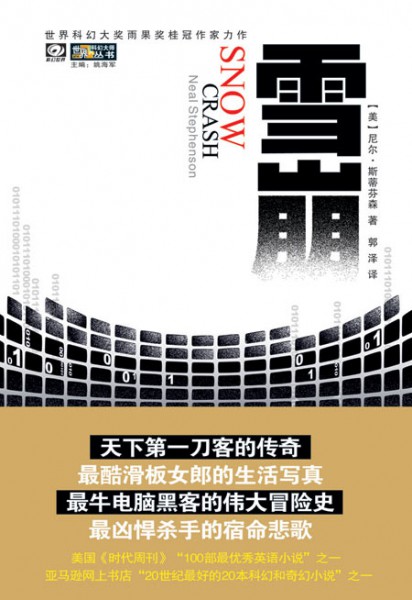
What makes it so fraught with peril is not only the deteriorating infrastructure and general lawlessness that can impede quick delivery, but that pizza delivery is now the province of the Mafia, whose capo di capo, Uncle Enzo, personally guarantees delivery within thirty minutes. When the story begins Hiro is augmenting his meager income doing one of the more dangerous jobs in Stephenson’s dystopian projection of our early twenty-first century world … pizza delivery. With the benefit of knowing what actually happened during those two decades since the book was written, it is easy to see the connection to Wikipedia and Google. At least, that is how it is presented in Snow Crash. He parted company with a business founded by a group of computer programmers before it generated vast wealth, and now freelances as a hacker sucking up bits of information for the CIC, an entity that combines the attributes and functions of the CIA and the Library of Congress. Hiro is the quintessential hacker and slacker.

He is presented as born in the early 1970s at the time of the story he is in his mid-thirties. The main character has adopted the witty, if obvious, name of Hiro Protagonist. One attribute that gives the new edition a certain frisson is that, while no exact date is given for the novel’s action, the rough ages and birthdates for certain of the major characters peg the time frame as being the early years of the new millennium – in other words, now.

In the interest of candor, I cannot claim to be among the cohort of intense fans, and have just read Snow Crash for the first time (in its uncorrected pre-publication form) for this essay. This treatment bespeaks the elevated status both author and book hold for a certain audience. Originally published in 1995, written (presumably) in the late ’80s and early ’90s, Snow Crash is being republished in a variety of formats and editions, including a signed and numbered limited edition hardcover run of 500.


 0 kommentar(er)
0 kommentar(er)
